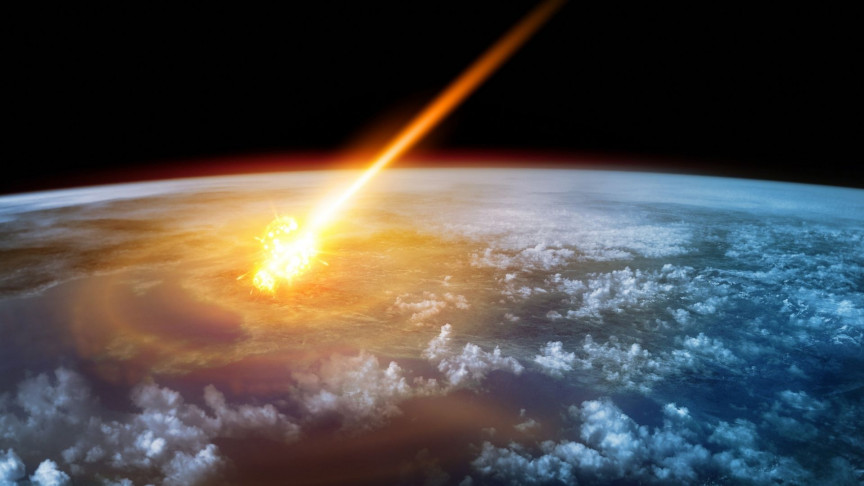
interestingengineering.com
Meteor Exploded Over Antarctica 430,000 Years Ago, Offering Clues in Its Debris
A new study led by the University of Kent scientists uncovers an ancient meteoritic impact in Antarctica. Read more about the 430,000-year-old airburst.
Science & Tech
430,000 years ago, an asteroid hurtled towards Earth's southern pole. It slammed through our planet's atmosphere before it broke apart, causing the meteor to explode in the sky, sending a hot jet of gas and debris straight down onto Antarctica.
This type of explosion, as scientists at the University of Kent explain, doesn't cause massive impact craters on Earth, but they can still create a lot of damage.
The team that discovered this meteoritic impact underlines the importance of its discovery; this means that scientists may gain a better understanding of how frequently these occur — something that's left researchers stumped so far.
The University of Kent scientists studied these tiny particles that they found in Antarctica, uncovering the evidence of this ancient meteoritic airburst. The team then used the chemicals locked in the particles to pick up clues about what happened hundreds of thousands of years ago.
Some studies suggest that this type of airburst is more dangerous than large asteroids because the latter is rarer, lead author of the study Dr. Matthias van Ginneken from the University's Centre for Astronomy and Planetary Science said in the team's findings, which were published in Science Advances on Wednesday, March 31.
Airbursts' impact on Earth
Airbursts have occurred more recently than 430,000 years ago; for instance, one exploded over the Russian towns of Tunguska, and another one over Chelyabinsk in 1908 and 2013, respectively.
Shattered glass, injured people, and flattened forests were left in their wake, but had the larger Antarctic meteor from 430,000 years ago exploded over their skies, much more than that would have happened. They would have been destroyed.
"While touchdown events may not threaten human activity if occurring over Antarctica, if it was to take place above a densely populated area, it would result in millions of casualties and severe damages over distances of up to hundreds of kilometres," says van Ginneken.
These airbursts are harder to find than bigger asteroids and typically happen unexpectedly.
"Now we have a way to find traces and remnants of such impacts in the geological record, which could be important to reassess the impact history of our planet," van Ginneken told National Geographic.
























































